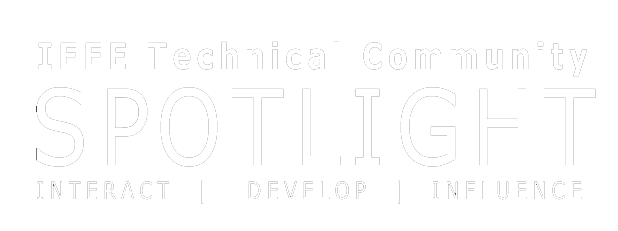IEEE Celebrates the International Year of Quantum Science and Technology (IYQ)
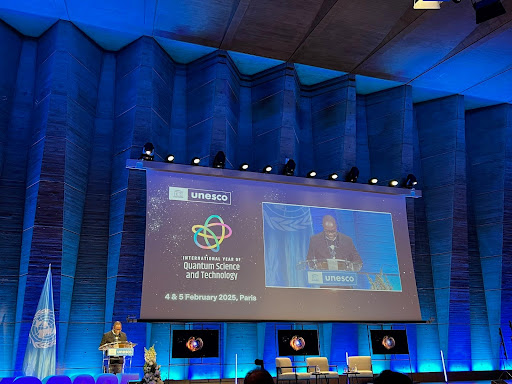
This year marks the United Nations-designated International Year of Quantum Science and Technology (IYQ). With a mission to “use the occasion of 100 years of quantum mechanics in 2025 to help raise public awareness of the importance and impact of quantum science and applications on all aspects of life,” IYQ seeks to show how quantum technologies support health and well-being, reduced inequalities, industry and infrastructure, economic growth, climate action, and clean energy.
Tech Summit 2025 – Let’s Collaborate
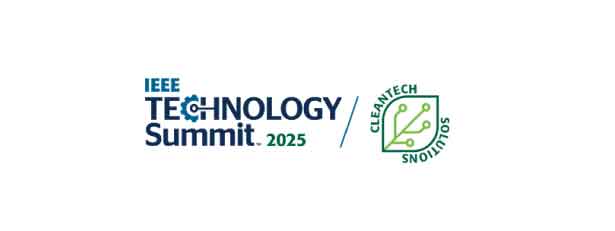
The 2025 Technology Summit is the inaugural edition of an annual series sponsored by Technical Activities, with broad participation across IEEE and beyond. The 2025 event will take place 2-3 October in Glasgow, Scotland. Each edition of the TechSummit will cover a broad-interest technical topic selected by the immediate Past VP of Technical Activities. For 2025, the focus will be CleanTech Solutions.
IEEE Signal Processing Society Recognized for Its Diversity, Equity, and Inclusion
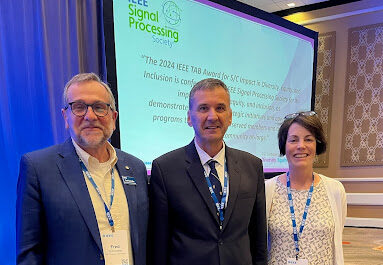
The IEEE Signal Processing Society (SPS) was honored in 2024 with the inaugural IEEE Technical Activities Board Award for Society/Council Impact in Diversity, Equity, and Inclusion at the IEEE November Meeting Series. This esteemed award celebrates an IEEE Society or Council that has significantly impacted diversity, equity, and inclusion (DEI) within its organization.
IEEE Photonics Society Celebrates 60 Years of Advocacy, Empowerment, and Community in Photonics
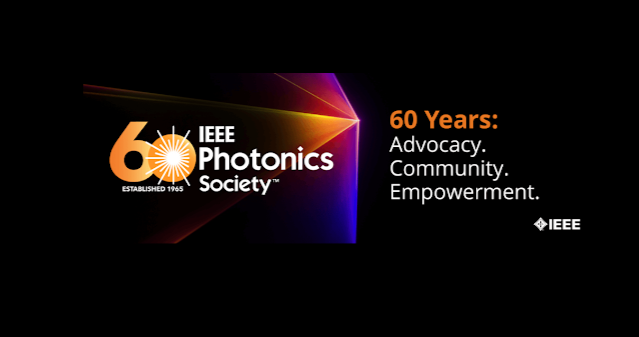
The IEEE Photonics Society is proud to celebrate its 60th Anniversary in 2025, celebrating six decades of fostering a global community of scientists, engineers, and innovators in the field of photonics. Since its founding in 1965, the Society has been dedicated to supporting, advocating for, and bringing together extraordinary individuals and groups whose groundbreaking work has driven advancements in light-based technologies that transform industries and improve lives.
IMS Celebrates 75 Years of Innovation and Inclusivity
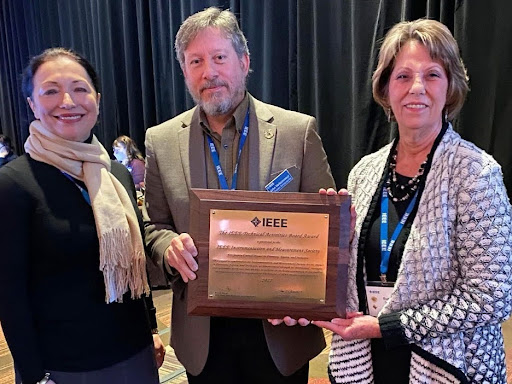
The IEEE Instrumentation and Measurement Society (IMS) proudly celebrates its 75th anniversary this year and continues to lead in technology and inclusivity.
The origins of IMS trace back to March 9, 1950, with the establishment of the Institute of Radio Engineers (IRE) Professional Group on Instrumentation. In 1964, IEEE expanded into several technical groups, including the Group on Instrumentation and Measurement (GIM).
Seeing the Bigger Picture
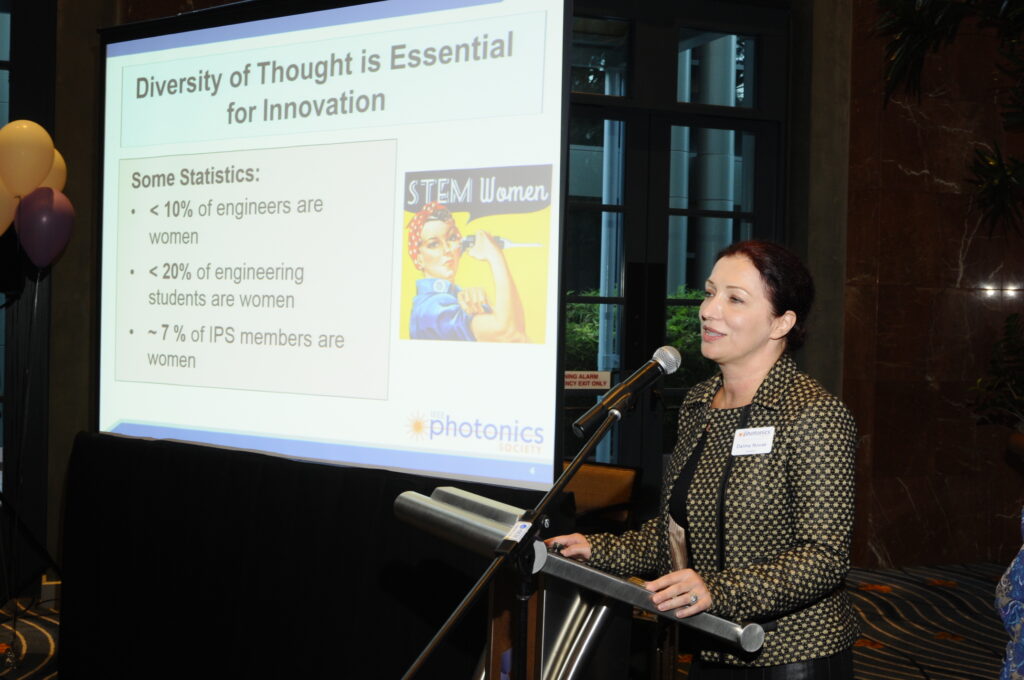
The formal definition of a volunteer is a person who freely offers to participate in an enterprise or undertake a task. However, looking back on my IEEE volunteer career, I realize that very few of my activities arose because I volunteered. In most cases, I was asked if I would be interested in participating, and invariably, I said yes. Every volunteer opportunity I have encountered since joining the IEEE as a postgraduate EE student in 1988 has added a new and enriching dimension to my life.
The energy revolution is emptying our pocketbook. We need to rethink the economics of climate change

By: Shay Bahramirad, IEEE Power & Energy Society, 2024 President
As the effects of a changing climate continue to impact nearly every corner of the world, the challenges posed to the world’s electric grids and our respective economies will, as every year passes, become increasingly stark.
Reengagement?

IEEE came into being in 1963 with the merger of AIEE and IRE. Both of those organizations were founded by leaders in industry. AIEE was founded 140 years ago by the likes of Edison, Tesla, Thomson, and Weston. Alexander Graham Bell served as an early president. IRE was founded in 1912 by leaders in the evolving wireless telegraphy industry.
An “Other” Side of IMS
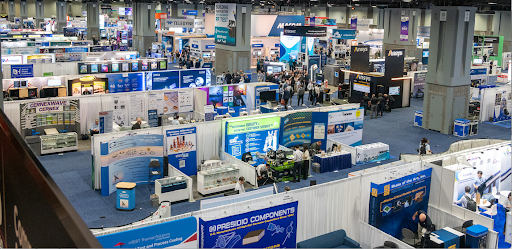
Recently I had the opportunity to attend the IEEE-MTT-S International Microwave Symposium (IMS) in Washington, DC. I was really looking forward to hearing and learning from attending the outstanding technical paper sessions, panel discussions, and various workshops.
